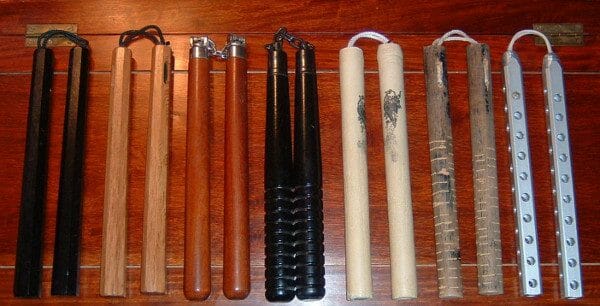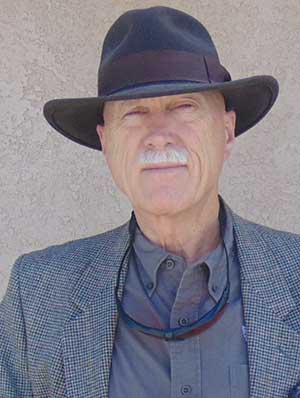
Arizona -(Ammoland.com)- Arizona has finally passed a repeal of its decade long ban on the possession of nunchakus. The ban was passed in the heyday of kung-fu movies. It stood as a monument to the power of the media to pass insanely stupid and intrusive legislation. Governor Ducy signed the bill on 10 May, 2019.
From an Arizona Citizens Defense League email:
On Friday, May 10, Governor Ducey signed SB 1291, repealing the decades old law that banned possession of nunchakus. We thank everyone who contacted on the Governor about SB 1291. You made a difference.
The nunchakus ban was so broadly written that in Arizona it is technically a Class 4 felony to be in possession of a jump rope (“two or more…. handles, connected by a rope….”). Arizona was one of only four states, along with California, Massachusetts, and New York, that banned nunchakus. In 2018, New York’s ban was struck down in federal court as a violation of the Second Amendment.
The repeal of the nunchakus ban will go into effect 90 days after the current legislative session ends. The target for ending a legislative session is 100 days from the start. That date was Tuesday, April 23. Right now, the legislature is haggling over the state budget. We don’t expect them to be finished anytime soon.
Dr. Kelli Ward, as an Arizona state Senator, had attempted to rid the state of the silly ban in 2015. She lost her bid to replace Senator John Kyle last year, and Senator John McCain before that. This year she became Chair of the Republican party in Arizona. RINO republicans and the mainstream media dislike Dr. Ward, as seen in this LA Times hit piece.
I suspect Dr. Ward had some influence in the passage of SB 1291.
It appears the nunchaku ban was passed in the 1970s, when the kung-fu movie craze was at its highest. It was also the height of lack of respect for Second Amendment protections. Restoring Second Amendment rights to bear arms arguably started in 1961, when Washington State passed a “shall issue” permit law. But it wasn’t until 1980 that Indiana passed a “shall issue” carry permit statute, followed by Maine and North Dakota in 1985, South Dakota in 1986, and Florida in 1987. Today, all but eight hold-out states have shall issue concealed carry laws or Constitutional Carry.
Gradually ridding states of silly weapons bans such as the nunchaku ban and bans on switchblades and other edged weapons builds support for the Second Amendment right to bear arms generally. Part of the reason the Arizona law was reformed was the New York court decision that an absolute ban on Nunchakus was unconstitutional.
Bans on arms that are considered less common are part of a “salami slice” strategy of erasing Second Amendment rights. Convince legislators that a ban on switchblades is a good idea, and you have proved the principle of banning a particular class of weapon. Everything can be banned piecemeal. Pocket knives, small handguns, cheap handguns, semi-automatic handguns, large handguns. Fortunately, we have stopped that progression with the Heller decision and the later Caetano decision from the Supreme Court.
It seems bizarre that weapons bans are based on works of fiction. Arguably, the switch-blade bans were pushed over the edge by “West Side Story”; the nunchaku bans by the kung-fu movies with Bruce Lee. There is a persistent rumor in Queensland, Australia, that the ban on pump shotguns in the 1996 weapons law was because a legislator saw one used in an Arnold Swartznegger movie.
Repealing a ban on nunchakus may not seem an earth-shattering win for Second Amendment supporters. It is another incremental step toward restoring Second Amendment rights.
About Dean Weingarten:
Dean Weingarten has been a peace officer, a military officer, was on the University of Wisconsin Pistol Team for four years, and was first certified to teach firearms safety in 1973. He taught the Arizona concealed carry course for fifteen years until the goal of constitutional carry was attained. He has degrees in meteorology and mining engineering, and recently retired from the Department of Defense after a 30-year career in Army Research, Development, Testing, and Evaluation.
